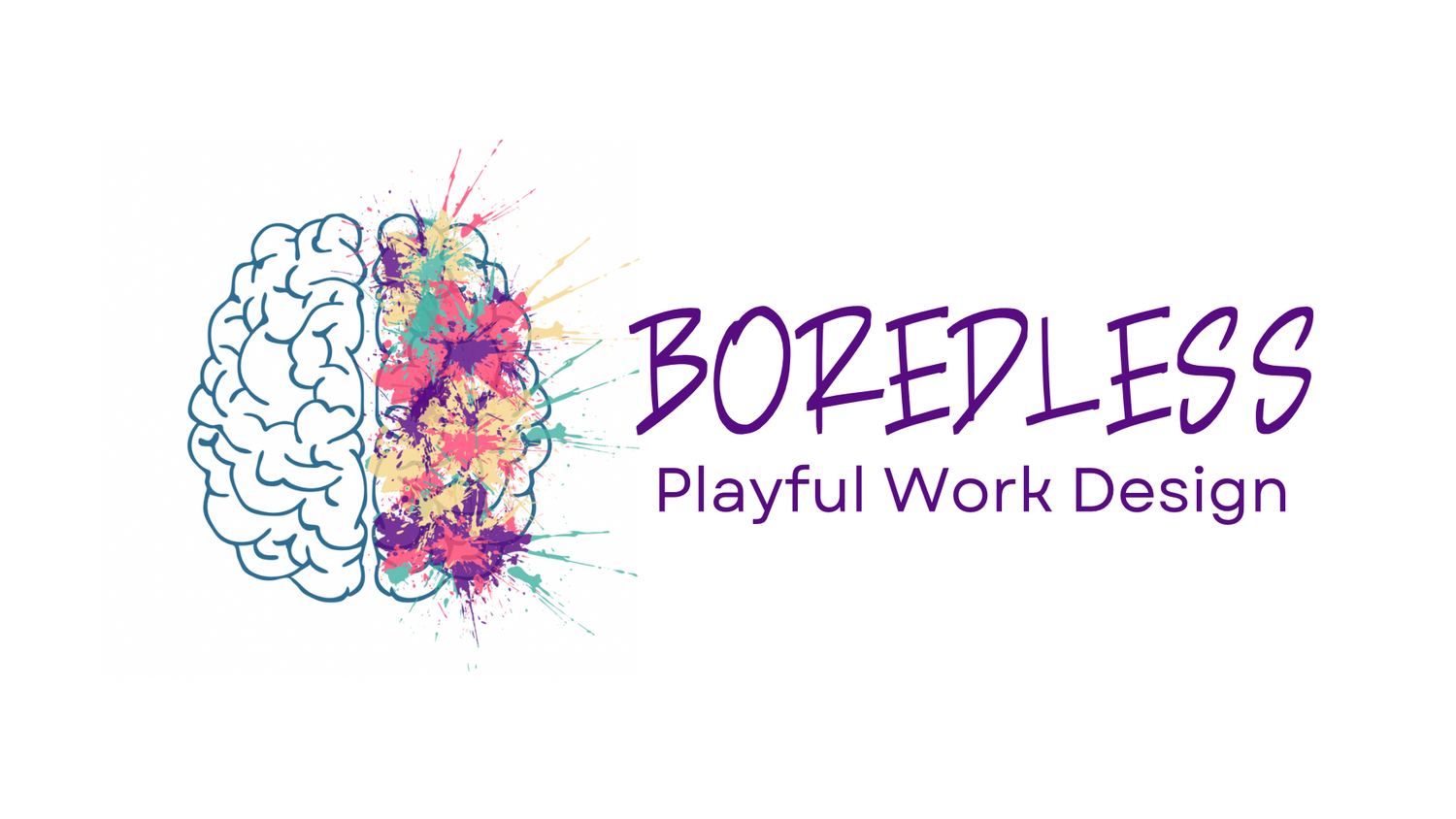Parentese (How to Get Baby-Talk Right)
Parentese (How to Get Baby-Talk Right)
Awwwwww, wook at da widdle, iddy-biddy, pweshus baaaaabeeeeeeeee.
Baby talk. It can be so annoying, right? What is it about our tiny, adorable bundles that turn us into mushy, silly babblers? Almost all of us do it when we see any baby (or puppy or kitten … or sloth). Did you know there’s a right way to baby talk? The preferred professional term is “parentese” (made more inclusive in the mid-2000s from the previously used “motherese”).
Another benefit? Quality conversation including this ‘baby-talk’ is an early form of play! Do you sometimes struggle with “how” to play with your baby? You’ll be happy to hear that just TALKING to them (following these guidelines!) is a GREAT way to play! Turn-taking is a crucial skill for participating in society as a child and adult. Play and this type of communication with your baby is a great way for you to help them build this skill (and others).
The benefits of parentese are well proven. The speaking style is nearly universal, used in almost all languages by parents naturally (including signed languages!). Increased vocabulary as early as 14 months, easy and significant parent-child bonding, improved emotional development, and overall improved communication. Parentese isn’t hard to master, but there are some important guidelines to follow. We want to expose the child to correct but conversational grammatical structures. Highlighting keywords increases the brain’s response to new vocabulary. Vowels are easiest to elongate to make your speech have the sing-song quality. Avoid adding sounds to consonants such as “cup-uh”. Make it a conversation! Providing pauses allows your child to learn what a conversation feels and looks/sounds like.
1. Use real words and short, simple (but grammatically correct!) sentences.
Instead of
bebe wanna nana for eat eat?
Try
Sophia, do you want a banana?
Instead of
Oh wook at dem widdle bwoo sockywockys!
Try
Look at your tiny blue socks! They are so cute!
2. Vary your pitch from low to high gently in a sing-song manner.
3. Speak slowly with slightly exaggerated vowels.
4. Use “acoustic highlighting”. Say the important content words just a little more loudly than the others.
5. Pause to give your baby a ‘turn’ to ‘talk’. This turn can be eye contact, a gurgle, or a change in facial expression.
Engaging in conversation with your baby using parentese is a great way to support your relationship with your baby while setting them up for communication success.
You can incorporate parentese into any situation.
· Folding laundry
· Sharing a meal
· Changing a dirty diaper
· Getting dressed
· Taking a bath
· Sitting on your living room floor doing literally nothing at all
Ferjan Ramírez, N., Lytle, S. R., Fish, M., & Kuhl, P. K. (2019). Parent coaching at 6 and 10 months improves language outcomes at 14 months: A randomized controlled trial. Developmental science, 22(3), e12762. https://doi.org/10.1111/desc.12762
Ferjan Ramírez, N., Lytle, S. R., & Kuhl, P. K. (2020). Parent coaching increases conversational turns and advances infant language development. Proceedings of the National Academy of Sciences, 117(7), 3484–3491. https://doi.org/10.1073/pnas.1921653117
drafted 2/19/22
